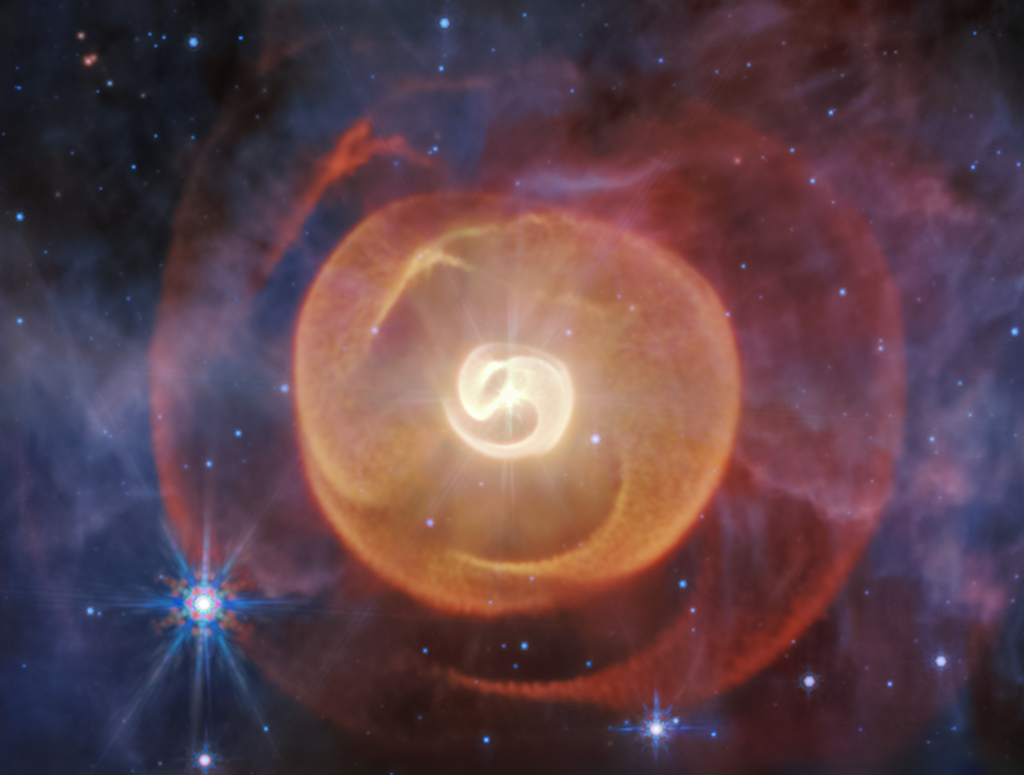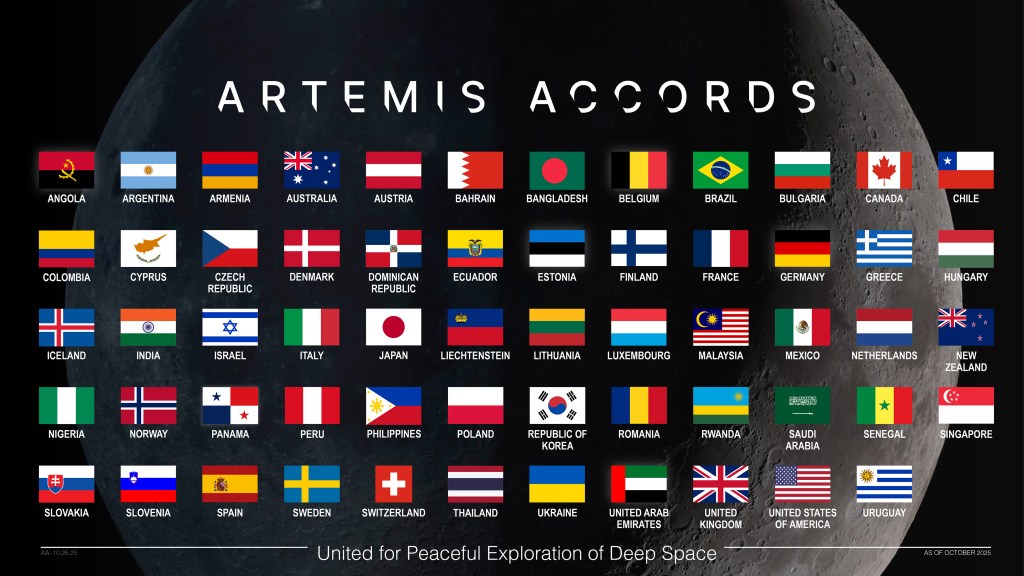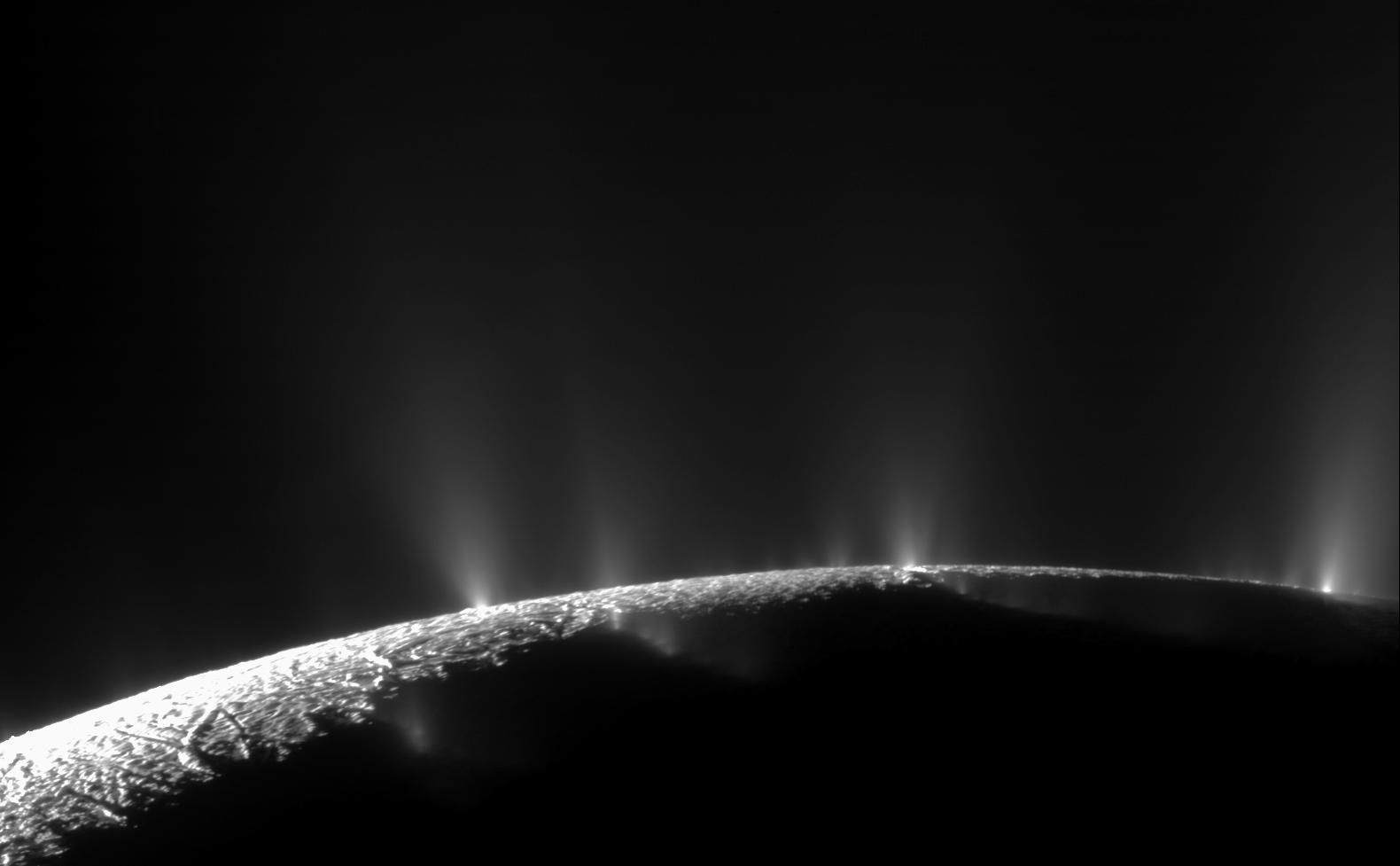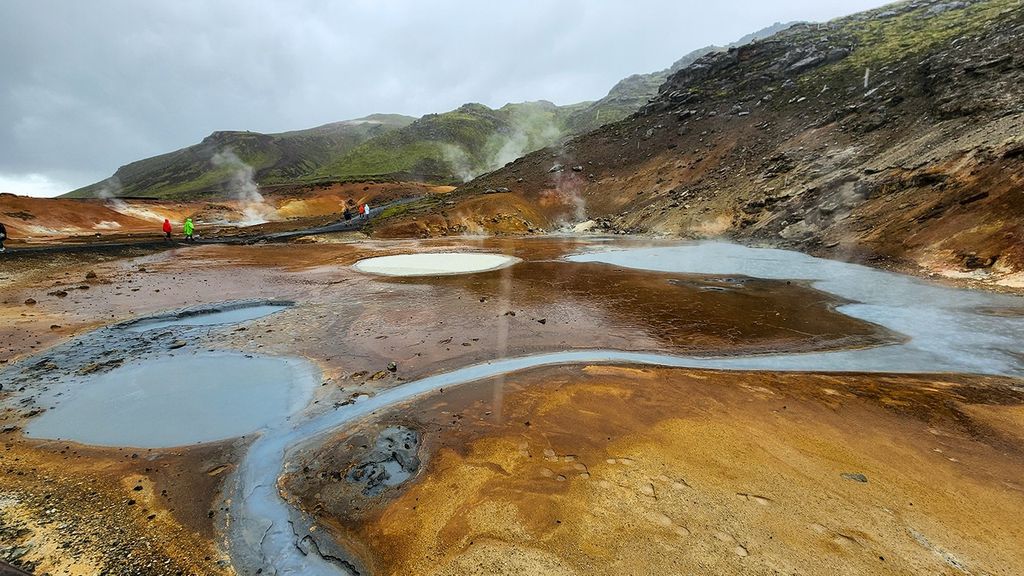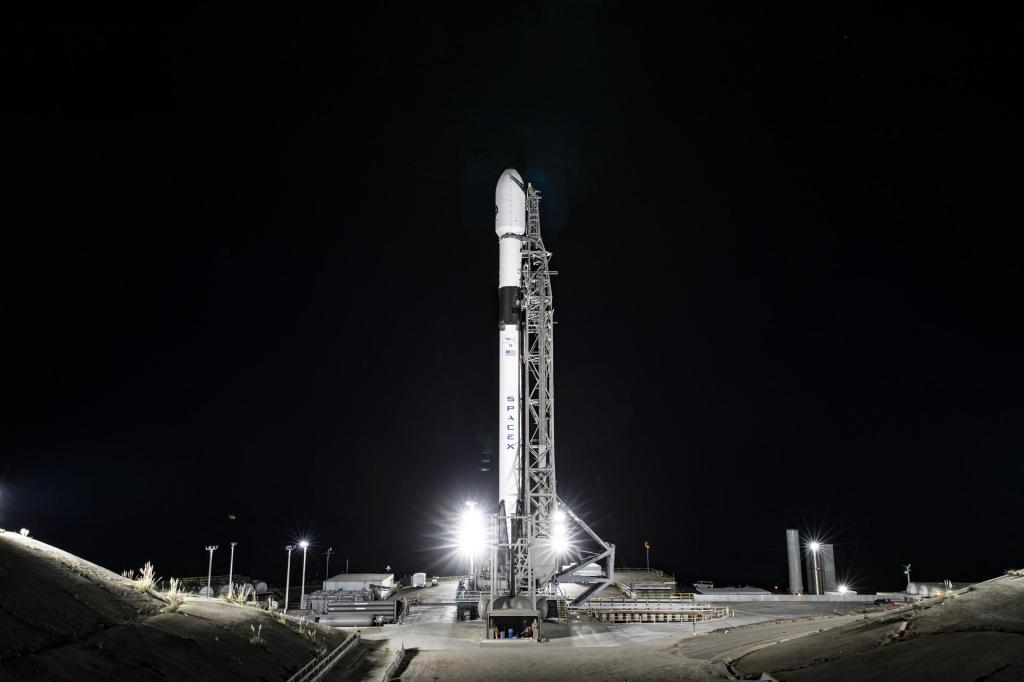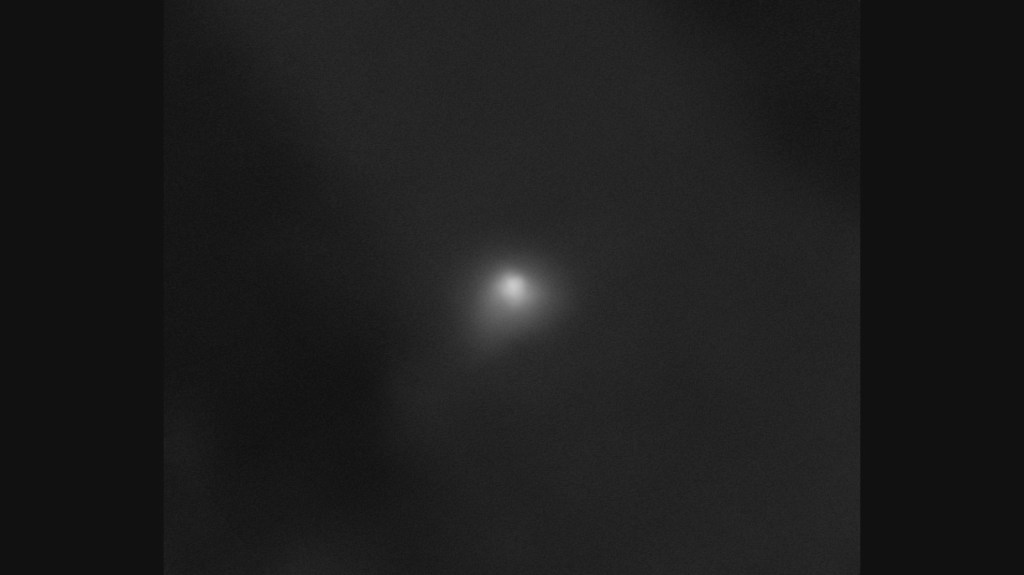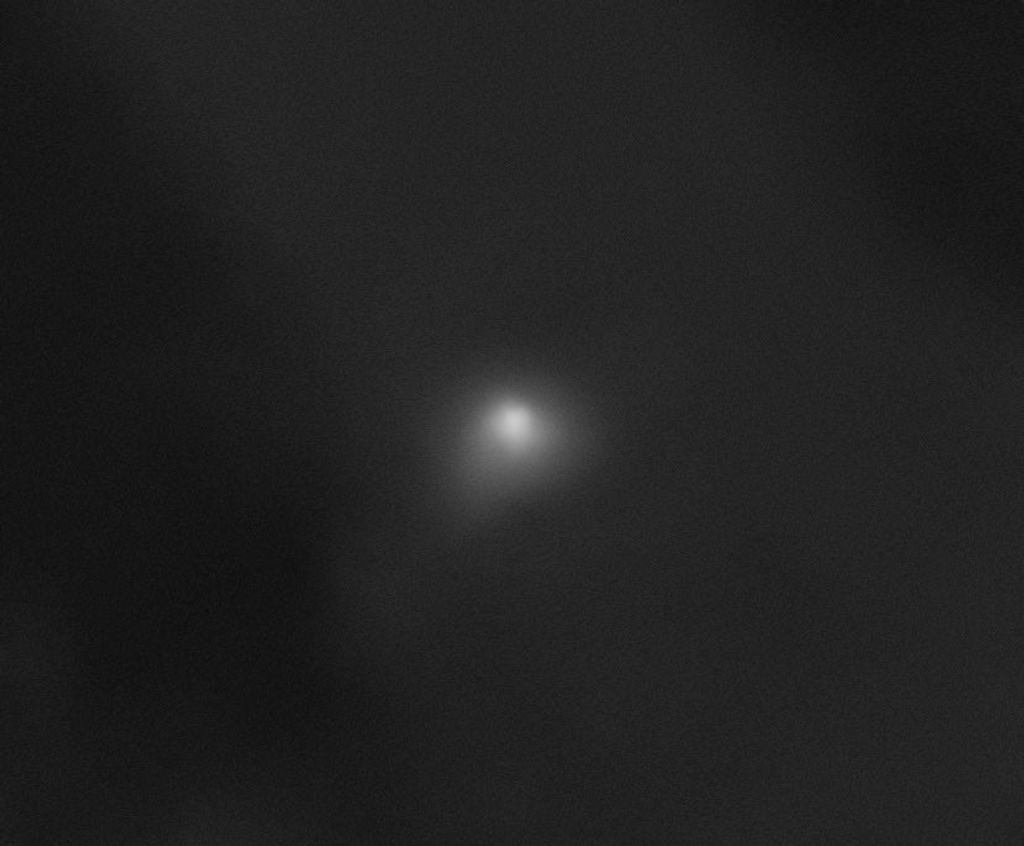1 min read
Hubble Maps Dark Matter Web in a Large Galaxy Cluster
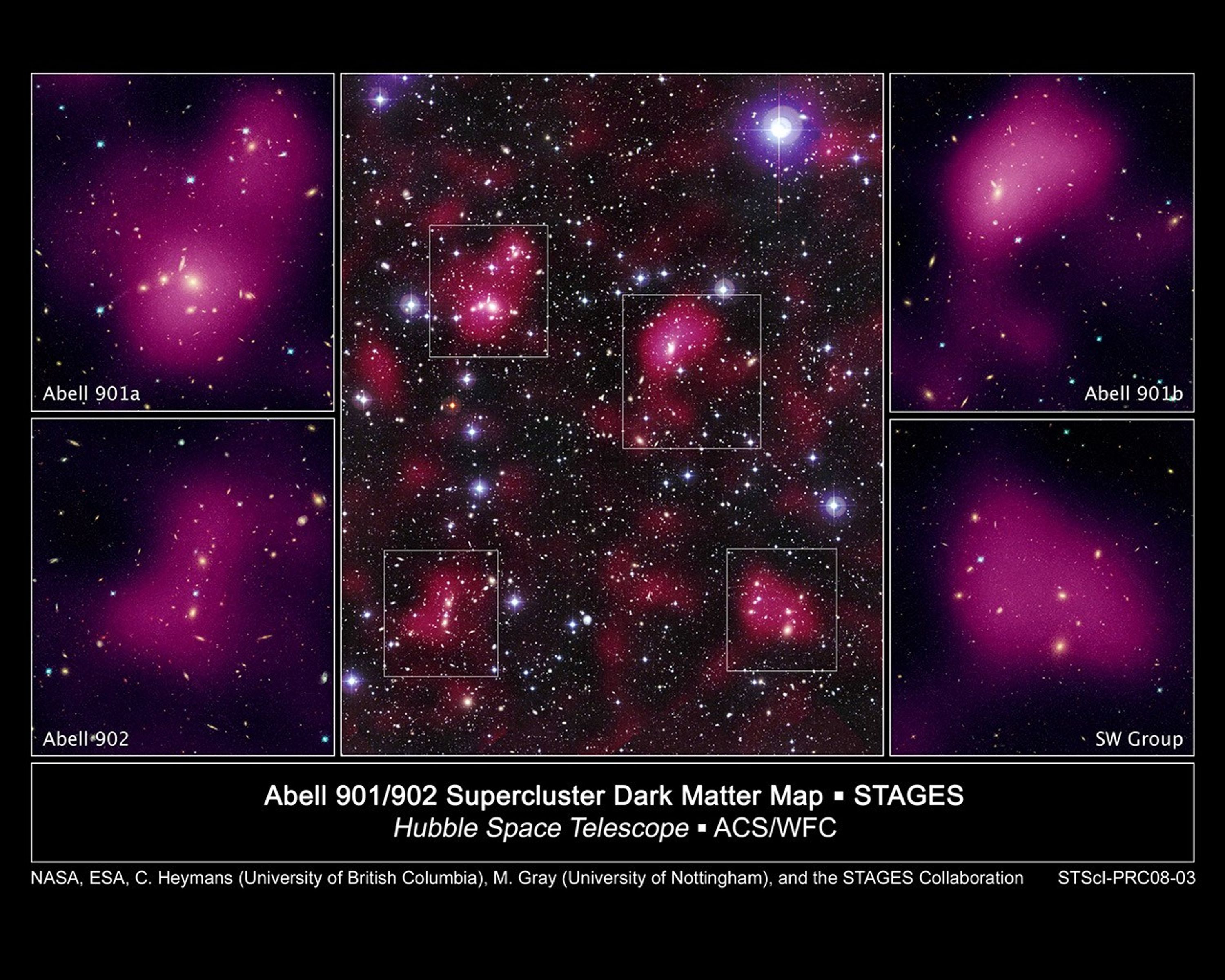
These images reveal the distribution of dark matter in the supercluster Abell 901/902, composed of hundreds of galaxies.
The image in the center shows the entire supercluster. Astronomers assembled this photo by combining a visible-light image of the supercluster taken with the MPG/ESO 2.2-meter telescope in La Silla, Chile, with a dark matter map derived from observations with NASA's Hubble Space Telescope.
The magenta-tinted clumps represent a map of the dark matter in the cluster. Dark matter is an invisible form of matter that accounts for most of the universe's mass. The image shows that the supercluster galaxies lie within the clumps of dark matter.
Hubble cannot see the dark matter directly. Astronomers inferred its location by analyzing the effect of so-called weak gravitational lensing, where light from more than 60,000 galaxies behind Abell 901/902 is distorted by intervening matter within the cluster. Researchers used the observed, subtle distortion of the galaxies' shapes to reconstruct the dark matter distribution in the supercluster. The image was assembled by combining a visible-light image of the supercluster with a map of the dark matter distribution.
The Hubble study pinpointed four main areas in the supercluster where dark matter has pooled into dense clumps. These areas match the location of hundreds of galaxies that have experienced a violent history in their passage from the outskirts of the supercluster into these dense regions. The four close-up images flanking the central photo are Hubble views of the four dense clumps of matter. To make this image, astronomers superimposed the dark matter map over a Hubble visible-light image of the supercluster galaxies.
The images are part of the Space Telescope Abell 901/902 Galaxy Evolution Survey (STAGES), which covers one of the largest patches of sky ever observed by the Hubble telescope. The area surveyed is so wide that it took 80 Hubble images to cover the entire field.
Hubble's Advanced Camera for Surveys made the observations in June and July 2005 and in January 2006.
About the Object
- R.A. PositionR.A. PositionRight ascension – analogous to longitude – is one component of an object's position.10h
- Dec. PositionDec. PositionDeclination – analogous to latitude – is one component of an object's position.-10
- ConstellationConstellationOne of 88 recognized regions of the celestial sphere in which the object appears.Leo
- DistanceDistanceThe physical distance from Earth to the astronomical object. Distances within our solar system are usually measured in Astronomical Units (AU). Distances between stars are usually measured in light-years. Interstellar distances can also be measured in parsecs.Redshift of z = 0.16
- DimensionsDimensionsThe physical size of the object or the apparent angle it subtends on the sky.The STAGES area covers 0.5x0.5 degrees which corresponds to an area of 5x5 Megaparsecs
About the Data
- Data DescriptionData DescriptionProposal: A description of the observations, their scientific justification, and the links to the data available in the science archive.
Science Team: The astronomers who planned the observations and analyzed the data. "PI" refers to the Principal Investigator.HST Proposal: 10395 M. Gray (University of Nottingham) The science team is being led by C. Heymans (University of British Columbia). The full list of team members is available at the STAGES team webpage. - InstrumentInstrumentThe science instrument used to produce the data.HST>ACS/WFC and MPG/ESO 2.2-meter telescope
- Exposure DatesExposure DatesThe date(s) that the telescope made its observations and the total exposure time.June and July, 2005, Exposure Time: 1.6 days (HST data)
- FiltersFiltersThe camera filters that were used in the science observations.ACS/WFC: F606W (V)
- Object NameObject NameA name or catalog number that astronomers use to identify an astronomical object.Abell 901/902 (center), Abell 901a (top left), Abell 901b (top right), Abell 902 (bottom left), SW Group (bottom right)
- Object DescriptionObject DescriptionThe type of astronomical object.Space Telescope A901/902 Galaxy Evolution Survey (STAGES), Supercluster, Large Galaxy Cluster
- Release DateJanuary 10, 2008
- Science ReleaseThe Violent Lives of Galaxies: Caught in the Cosmic Dark Matter Web
- CreditHubble Images: NASA, ESA, C. Heymans (University of British Columbia, Vancouver), M. Gray (University of Nottingham, U.K.), M. Barden (Innsbruck), and the STAGES collaboration; Ground-based Image: C. Wolf (Oxford University, U.K.), K. Meisenheimer (Max-Planck Institute for Astronomy, Heidelberg), and the COMBO-17 collaboration

Visible: MPG/ESO Magenta (dark matter): F606W (V)

Related Images & Videos

Dark Matter Distribution in Supercluster Abell 901/902
Astronomers assembled this photo by combining a visible-light image of the Abell 901/902 supercluster taken with the MPG/ESO 2.2-meter telescope in La Silla, Chile, with a dark matter map derived from observations with NASA's Hubble Space Telescope. The magenta-tinted clumps...
Share
Details
Claire Andreoli
NASA’s Goddard Space Flight Center
Greenbelt, Maryland
claire.andreoli@nasa.gov

